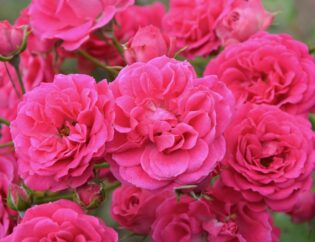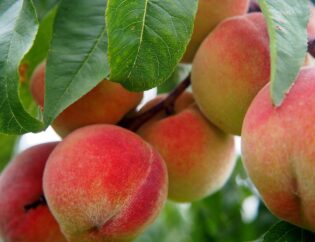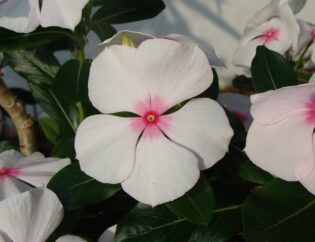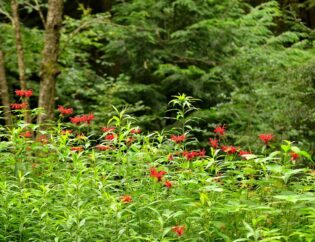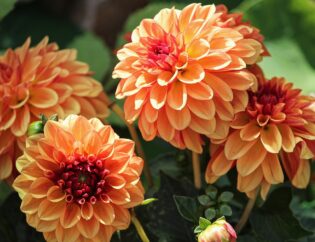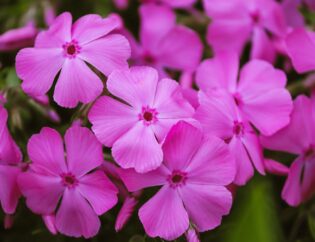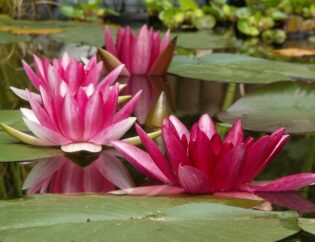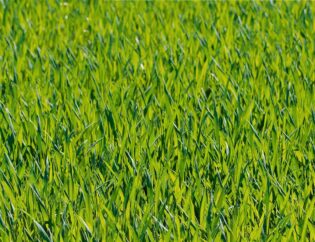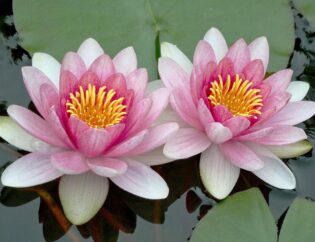
When choosing between types of grass for your Georgia lawn, grass is grass, right? Well, maybe it’s a little more complicated than that.
There are several different types of grass in Georgia lawns, with many sub-species and turfgrass blend options between them. Why so many different types of grass? Well, there’s a lot of variety in the microclimates of Georgia yards. This diversity is wonderful for homeowners looking for a unique look, but can be overwhelming to sort through when you just want to get the lawn installed.
Some types of grass do better in the sun and are drought tolerant, others have good shade tolerance. Several can survive big temperature changes and cold weather, and others prefer a milder climate. A few species thrive in wet, marshy areas and others do well in drought-like conditions. Hardy types can live in poor, acidic soil whereas others need good quality soil with a proper pH balance to thrive.
Regardless of the grass types chosen, all lawns will require varying degrees of maintenance and care. Overseeding and reseeding patchy areas with matching grass seed or blend, fertilization on schedule, aeration in the early summer, and weekly lawn care during the growing season will go far towards growing a gorgeous, green lawn.
And don’t forget to look after the root zone of your lawn. Avoid overwatering to foster deep roots and prevent fungal infections in the root system. In late spring, look out for pests, weed infestations, and disease. As the growing season gets underway, stay vigilant to protect your hard work.
These are all things that need to be considered when choosing grass for the lawn. Homeowners may be wondering about the best types of grass for Georgia. Check out 5 of the best types here!
Type 1. Bermuda Grass
Bermuda grass has been a popular choice in Georgia and other southern states for decades. It is the perfect warm-season grass, thriving in full sunshine and not requiring a lot of water. Bermuda grass does best when it can soak up 8 hours or more of full sunlight each day.
It grows quickly, which means it can recuperate from being damaged and tolerates moderate foot traffic. However, that also means you have to mow it more often. Bermuda grass is one of the most common grasses in the Atlanta area and is one of the easiest to grow in full sun.
Type 2. Zoysia Grass
Zoysia grass came to the US from Asia in the late 1800s. Since then, it has been popular in Georgia because of its love for warm, sunny weather.
However, unlike other warm-season grasses, it is also tolerant of short cold spells and doesn’t require full sun all the time. It performs best with 8 hours of sun per day, but can tolerate as few as 4 hours.
Zoysia makes a thick, comfortable carpet to walk on, but can be invasive if left to its own devices.
Type 3. Centipede Grass
What about partially shaded yards? That’s where centipede grass comes in handy. It isn’t a particularly hardy type of grass and won’t hold up well to a lot of traffic. However, it does handle both the hot sun and shade, making it a versatile choice for challenges in Georgia yards.
Centipede grass doesn’t need a lot of fertilizer and does well in slightly acidic soil. It grows slowly, which makes it relatively low maintenance and it does not need to be fertilized often.
It should be mowed to about 1 – 1 ½ inches tall.
Type 4. Tall Fescue
In the Piedmont Region of Georgia, homeowners love Tall Fescue grass. This cool-season grass enjoys a temperature range of about 60-75 degrees Fahrenheit. This grass likes a partially shaded yard and can moderately handle long periods of hot sun.
Instead of turning brown during the cooler seasons like warm-season grasses, Tall Fescue retains a beautiful dark green color. In fact, the prime growing season for this type of Georgia grass is spring and fall. Its canopy can thin a bit during the summer heat.
Type 5. St. Augustine Grass
Fast-growing St. Augustine grass has a coarse texture and can quickly become a dense, gorgeous lawn. This turf type is well suited for areas of the yard with partial shade.
It does not do well in the cold and though it can handle light shade, it prefers copious amounts of sunshine each day. This type can be damaged easily, so avoid planting in high traffic areas. When mowing, St. Augustine grass can be left quite long with a suggested mowing height between 2 – 4 inches.
The Best Grass for Your Lawn
Still unsure about the best types of grass for your Georgia lawn? Don’t hesitate to contact our landscaping services experts here at Atlanta Turf & Tree. Our roots run deep with more than 35 years of combined experience in the industry. Founded in 2007 and specializing in the greater Atlanta area, we know a thing or two about landscaping in Georgia. We can help you with all of your landscaping and lawn care needs, including choosing the best type of grass for your yard!
